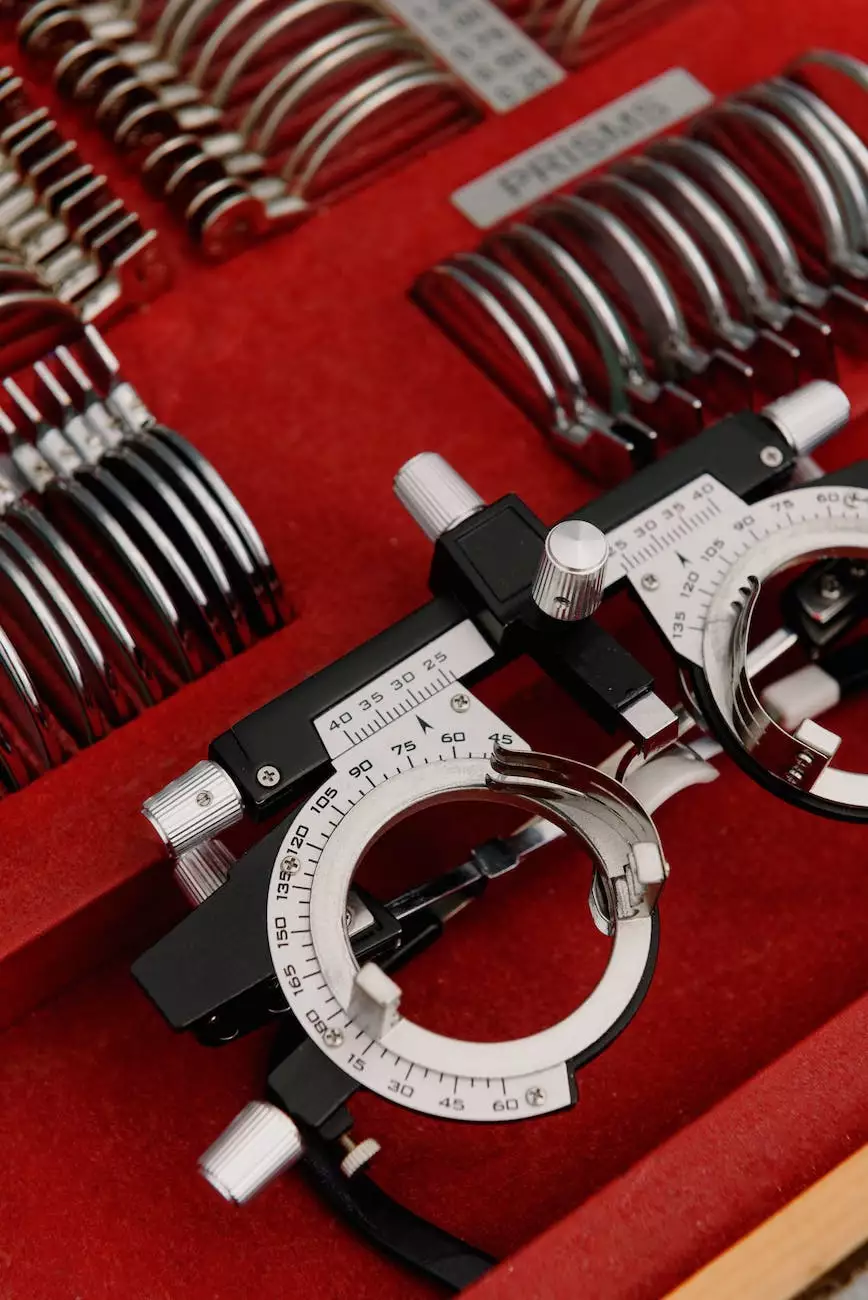Surgical Removal of Fibroids - A Comprehensive Guide

Introduction
Fibroids are noncancerous growths that develop in the uterus. While they are generally harmless, they can cause symptoms such as heavy and prolonged menstrual bleeding, pelvic pain, and frequent urination. In cases where fibroids significantly impact a woman's quality of life or fertility, surgical removal may be recommended.
Understanding the Surgical Removal of Fibroids
The surgical removal of fibroids, also known as myomectomy, is a procedure aimed at removing fibroid tumors from the uterus while preserving the organ's structural integrity. This intervention is commonly performed by obstetricians and gynecologists who specialize in the treatment of women's reproductive health issues.
The Benefits of Surgical Removal of Fibroids
The surgical removal of fibroids offers several benefits to women who experience symptoms or fertility issues due to these growths:
- Relief from Symptoms: One of the primary reasons for undergoing myomectomy is to alleviate the symptoms caused by fibroids, such as heavy bleeding, pelvic pain, and pressure on surrounding organs.
- Improvement in Fertility: Fibroids can sometimes interfere with a woman's ability to conceive and carry a pregnancy to term. The removal of these growths can enhance fertility and increase the chances of successful pregnancy outcomes.
- Preservation of the Uterus: Unlike hysterectomy, which involves the complete removal of the uterus, myomectomy enables women to retain their reproductive organ. This is especially important for those who wish to have children in the future.
- Resolution of Urinary Symptoms: In some cases, fibroids can cause frequent urination or a constant urge to urinate. Removing fibroids through surgery can improve these urinary symptoms and restore comfort.
The Surgical Removal Procedure
Before undergoing myomectomy, you will have an initial consultation with a qualified obstetrician or gynecologist who specializes in this procedure. The doctor will evaluate your medical history, perform a physical examination, and may order additional diagnostic tests, such as ultrasound or MRI, to determine the size, number, and location of the fibroids.
During the surgical removal of fibroids, the following steps are typically involved:
- Anesthesia: You will be placed under general anesthesia to ensure you are comfortable and free of pain throughout the procedure.
- Incision: The surgeon will make a small incision in either the abdomen or the vagina, depending on the size and location of the fibroids.
- Fibroid Removal: The surgeon will carefully locate and remove the fibroids from the uterus. Different techniques may be used, such as laparoscopic myomectomy or hysteroscopic myomectomy, depending on the specific case.
- Incision Closure: Once the fibroids are successfully removed, the incision will be closed using sutures or staples.
Recovery Process
After myomectomy, you will be closely monitored in a recovery area until the effects of anesthesia wear off. The length of your hospital stay will vary depending on the complexity of the surgery and your individual recovery progress. It is common to experience some discomfort, fatigue, and vaginal bleeding for a few days following the procedure.
It is crucial to follow your doctor's post-operative instructions to ensure a smooth and speedy recovery. These instructions may include:
- Pain Management: Your doctor may prescribe pain medication to help alleviate any discomfort during your recovery phase.
- Activity Restrictions: You will need to avoid strenuous physical activities and heavy lifting for a certain period to allow your body to heal properly.
- Follow-Up Checkups: Your doctor will schedule regular follow-up appointments to monitor your progress, assess the healing process, and address any concerns or complications that may arise.
- Resuming Normal Activities: Depending on your individual case, your doctor will provide guidance on when you can safely resume daily activities, including work and exercise.
Choosing a Skilled Obstetrician or Gynecologist
The surgical removal of fibroids requires the expertise of skilled obstetricians and gynecologists who specialize in this field. When seeking medical assistance, it is vital to choose a doctor who has extensive experience in performing myomectomy procedures.
At Drseckin.com, we provide a directory of highly skilled doctors specializing in obstetrics and gynecology. Our platform allows you to search for doctors in your area, read patient reviews, and find doctors who specialize in surgical removal of fibroids. We understand the importance of finding a qualified professional who can provide personalized and effective care.
Conclusion
The surgical removal of fibroids, also known as myomectomy, is a procedure performed by skilled obstetricians and gynecologists, aiming to alleviate symptoms caused by fibroids and improve fertility outcomes. This procedure offers several benefits, such as symptom relief, preservation of the uterus, and resolution of urinary symptoms. Following myomectomy, a proper recovery process is crucial to ensure optimal healing and minimize complications.
If you are considering surgical removal of fibroids, it is essential to consult with qualified doctors who specialize in this procedure. Drseckin.com provides a comprehensive directory of highly skilled obstetricians and gynecologists who can assist you in your journey towards improved reproductive health.










